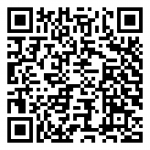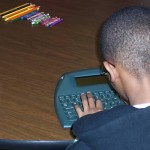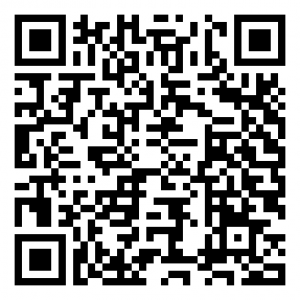“Any sufficiently advanced technology is indistinguishable from magic.”
― Arthur Clarke, quoted by David Rose in Enchanted Objects: Design, Human Desire and the Internet of Things

David Rose describes the balancing act between human-to-computer interactions in his book, Enchanted Objects: Design, Human Desire, and the Internet of Things. Rose, an MIT Media lab scientist, begins Enchanted Objects: Design, Human Desire, and the Internet of Things with an intriguing question: In 50 years, what will computers be called?
One answer might address a McLuhan-esque perspective of enchanted objects as extension of ourselves. Another answer might be Asimov’s approach of subservient worker to overseer. Rose asks the question, “Are computers more human or are humans more computerized?” I think as technology becomes more invisible that there might not be any name used at all, but, I was never one to name my car.
Rose clusters his discussion of enchanted objects in six categories of promised benefit: Omniscience, Telepathy, Safe-Keeping, Immortality, Teleportation, and Expression. He writes that between 50 billion – 1 trillion devices will be connected to the Internet in the current decade, resulting in a $14.4 trillion economic impact. His website, Enchanted Objects displays some of the most enduring and enchanting devices. I wanted to see what my colleagues on LinkedIn, PBS TeacherLine, and Facebook would choose as the technology with the most enchanting and enduring legacy.** I designed a one-question survey to collect their responses. Here is the survey link: http://tinyurl.com/teaguetech

For mobile access, I created a QR-code for my survey. Survey Responses confirm Rose’s contention that we rely on, and perhaps revere, the enchanted objects in our lives. Among outlier responses was one from my dad, who at 88 years, pitched the innovation of air-conditioning as most enchanting because it “changed everything.” People shifted their routines and schedules since they were not confined by avoidance of the blazing sun. Another outlier, a colleague in Singapore, reflected pride of enchantment by listing his website.
The responses in my unofficial survey parallel the often contradictory aspect of dialectic interplay. We need these objects but resent their intrusion and our own dependence on them. Rose writes an eloquent meditation on the effect of our “interruptive” gadgets. He writes, “I want the computer-human interface to be an empowering and positive experience-to minimize the interruption, annoyance, and distraction of our so-called smartphones and glass-faced tablets” (p. 3). Click here to discover Rose’s choice for the least “interruptive” enchanted object.
Another instructive section of the book describes the design process progression of items on their way to Enchanted Object status. According to Rose, an object vaults to the status of enchanted when it empowers rather than weakens its user. Rose describes this ascension when tools align with our thought processes and when they ascend to become the storytellers of our lives. For example, iPhones record our everyday calls, numbers, photos, and notes. These become our daily stories. Director Cesar Kuriyama even used his iPhone to take a daily one-second video and collected them into this TED talk.
Time-traveling away from its 2014 publication date, Enchanted Objects: Design, Human Desire, and the Internet of Things could be the second volume in the trilogy between The Design of Everyday Things and Convergence Culture. It is available as a dead tree book, Google Book, Simon and Schuster ebook, Amazon Kindle book, and an Audible book recording. This book is a thought-provoking book and I recommend it.
~~~
This blog post and survey are part of coursework in Emerging Technologies course, EDLT 726
References
Rose, D. (2014). Enchanted Objects: Design, Human Desire, and the Internet of Things. Simon
and Schuster.
Link to this Book Report Blog Post: http://tinyurl.com/TeagueEDLT726
Teague Survey Link: http://tinyurl.com/teaguetech
**Optimistically, I also posted information about my survey on this blog to invite the few people not related to me who read also this blog.
~~~







